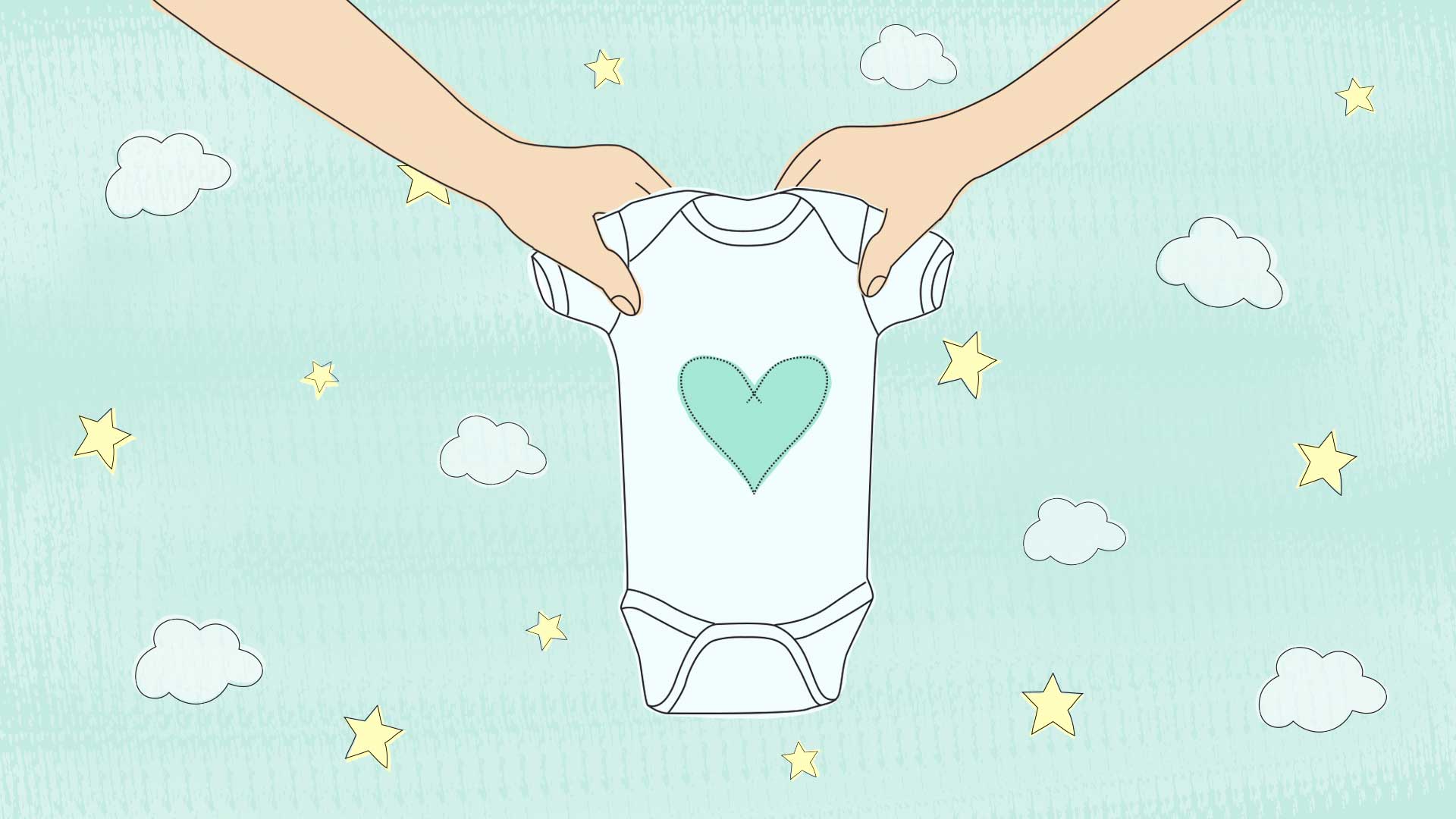
When my daughter was born four years ago my husband was working part time, in school full time and hustling to line up a job in his new career post graduation. His parental leave consisted of four days, which came at the expense of skipping classes. After that he continued his rigorous schedule while also embracing the new role of being a father. This left me home alone with a newborn for my entire maternity leave. I struggled to adapt to motherhood and the lack of support, even though I knew my husband would rather be home bonding with his first child.
By contrast, when I gave birth to twin boys a little over a year ago, we had squirreled away savings for a year so my husband could take three months of job-protected but unpaid leave to focus 100% on our family. As crazy and overwhelming as those early months with three children under the age of 3 were, we both look back on that time as an amazing experience we were in together. We learned how to parent our expanded family together and were on equal footing regarding domestic chores, parenting, exhaustion, and bonding with our babies.
Sharing parental leave with my husband after the twins’ birth, compared to my solo maternity leave was night and day (literally and figuratively!). But many new parents in the U.S. don’t have the opportunity to take paid parental leave at all. Unlike 173 other developed nations, the U.S does not have a nationwide paid maternity or parental leave policy. Without paid maternity leave or affordable childcare many women leave the workforce after having kids, which contributes to a growing gender pay gap.
As the federal government continues to lag behind the rest of the world, states have begun to take matters into their own hands. In January 2020, Washington state will become sixth in the nation to require employers to provide paid family and medical leave to virtually all employees in the state. This broad sweeping policy provides parents—not just mothers—with 12 weeks of partially paid leave after the birth of a child or when welcoming a new child into the home.
Applauding the state of Washington, we revisited our own parental leave policy to see where 2A stood in comparison. When we turned the lens inward, we realized we could do better. Our old policy aligned with companies of similar size but it still took a traditional approach by offering primary parents more paid time off than secondary parents.
Recognizing the importance of paid time off for all parents, 2A’s updated parental leave policy offers 12 weeks of paid time off for all parents welcoming a new child into their family. This policy reflects 2A’s value of workplace inclusion by offering more financial support to fathers and secondary parents. Equal leave means birth mothers have greater choice to return to the workforce while their spouse or partner stays home.
We know that gender equality in the workplace will take a series of small steps. So here’s one more to get us all moving in that direction.

